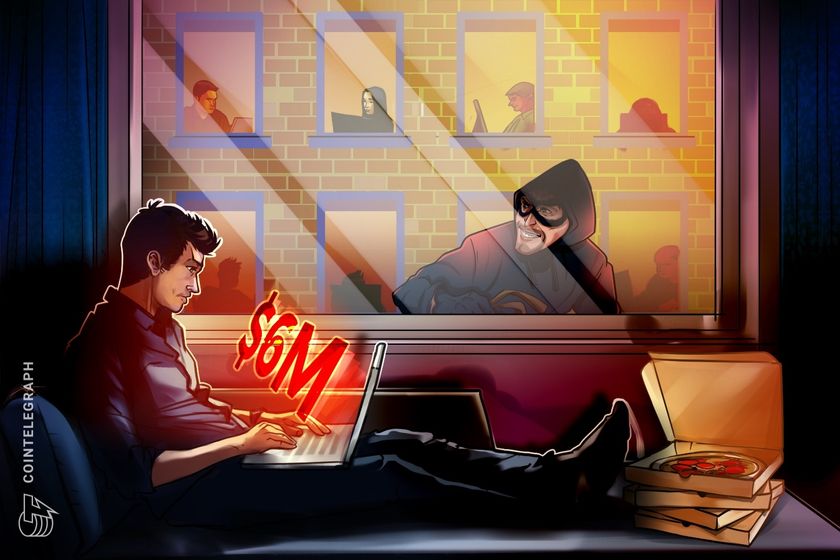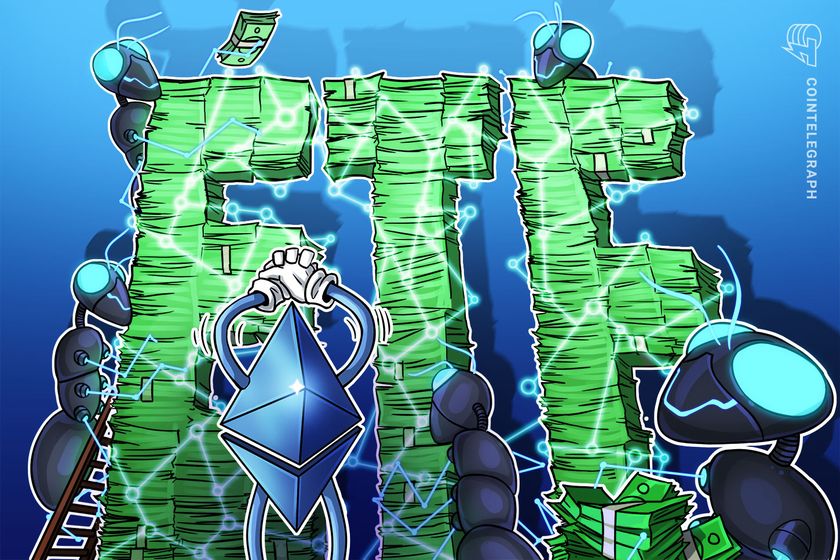Billionaire Ray Dalio recommends ‘reasonable’ 1–2% Bitcoin allocation

Newly minted Bitcoin supporter Dalio agrees that Bitcoin should make up a small percentage of investors’ portfolios in 2022.
Hedge fund manager Ray Dalio remains bullish on Bitcoin (BTC) in 2022, listing three primary reasons why Bitcoin is “impressive.” In a recent interview with The Investors Podcast, he talked up gold and BTC as an inflation hedge.
When prompted by interviewer William Green about what a sensible allocation for a layperson would be, Ray Dalio said that he agrees with fellow billionaire Bill Miller’s suggestion that 1% to 2% is the right allocation.
He explained that the network has never been hacked, it has no better competitor and BTC adoption rates would suggest that it could further chip away at gold’s market cap:
“Bitcoin now is worth about one trillion dollars whereas gold that is not held by central banks and not used for jewelry is worth about five trillion. When I look at that, I keep that in mind, because I think over time inflation hedge assets are probably likely to do better.”
The founder of the world’s largest hedge fund, Bridgewater Associates, Dalio echoed comments made last year during the recent interview with podcast, saying he was impressed that Bitcoin has survived the past decade while reiterating that he is “not favorable to cash.”
Related: There’s a Bitcoin boom among Baby Boomers, reports BTC Markets
Dalio did caveat his musings on the rise of Bitcoin, highlighting the zealotry surrounding the Bitcoin community as being a possible Achilles heel; and as is to be expected for the investor known as “Mister Diversification,” he also asked a broader question regarding digital assets:
“When does somebody collect, take the money they made in Bitcoin and then diversify that and in other words, move to other things?”
He waxed lyrical about nonfungible tokens and other coins as potential diversification destinations. For the moment, however, BTC occupies a place in his “inflation hedge asset class”, alongside gold.









